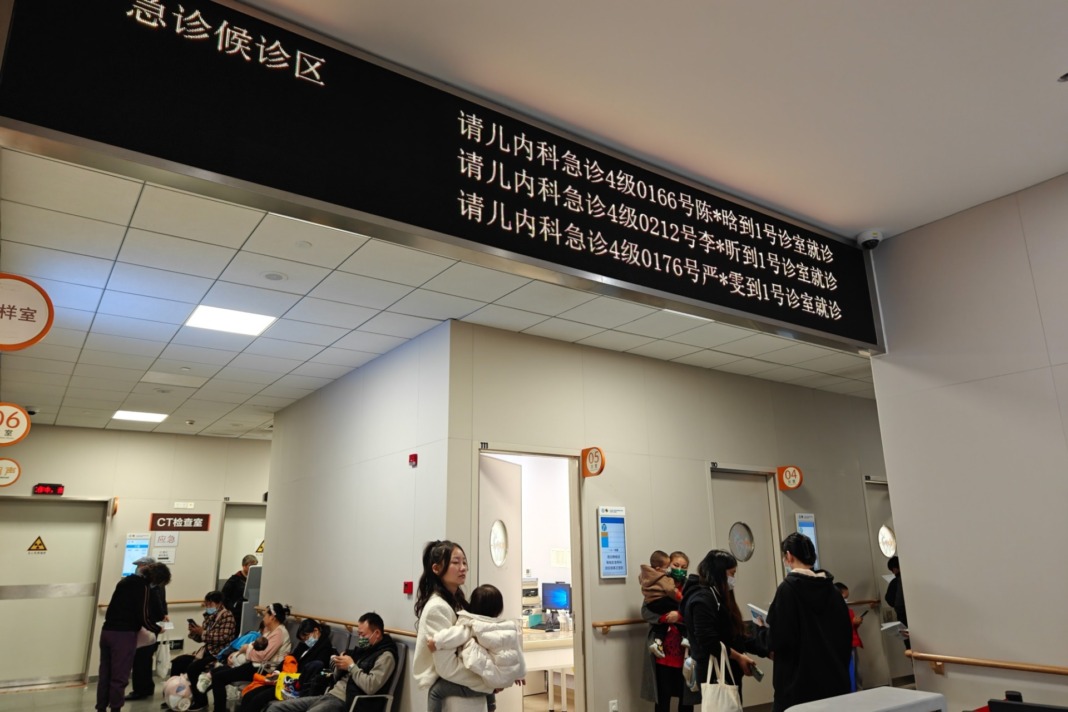In a bid to unravel the mystery behind a notable increase in respiratory illnesses and pneumonia clusters among children in China, the World Health Organization (WHO) has taken decisive action, formally requesting additional information from Chinese health authorities. This surge in cases comes in the wake of China’s strategic shift away from its stringent “zero-COVID” policy, a move that has prompted concerns about the potential repercussions on public health.
During a recent news conference, officials from China’s National Health Commission reported a concerning uptick in respiratory diseases. The WHO, in a statement released on Wednesday, revealed that Chinese authorities attribute this surge to the relaxation of COVID-19 restrictions, leading to the circulation of known pathogens. These include influenza, mycoplasma pneumoniae (a common bacterial infection affecting younger children), respiratory syncytial virus (RSV), and the familiar SARS-CoV-2 virus responsible for COVID-19.
Adding to the complexity, clusters of undiagnosed pediatric pneumonia cases have been reported in the northern regions of China. However, the connection between these cases and the respiratory infections remains shrouded in uncertainty. The abrupt departure from the strict “zero-COVID” policy, marked by rigorous lockdowns, quarantines, mass testing, and contact tracing, has raised concerns among experts. This departure may have inadvertently created what is now termed an “immunity gap,” potentially rendering populations more susceptible to various infections in the absence of stringent precautionary measures.
According to media reports citing the International Society for Infectious Diseases’ Program for Monitoring Emerging Diseases (ProMED), there are signs of a widespread outbreak of an undiagnosed respiratory illness in multiple areas of China. ProMED notes the unusual nature of the outbreak, emphasizing the rapid increase in affected children. While there are preliminary indications of potential exposure at schools, ProMED underscores the need for more information before conclusive connections can be drawn.
As part of its investigative efforts, WHO has formally reached out to Chinese health authorities, requesting a comprehensive set of data. The organization is seeking epidemiologic and clinical information, laboratory results from affected clusters, details on trends in pathogen circulation, and an assessment of the burden on healthcare systems. The collaboration is crucial for obtaining a more nuanced understanding of the situation, enabling effective response measures.
In response to the ongoing investigation, WHO has issued precautionary recommendations for residents in China. These include the importance of receiving recommended vaccines, staying home when sick, wearing masks around others, and maintaining regular hand hygiene. These measures are deemed essential to curb the potential spread of respiratory illnesses amidst the evolving situation.
As global health authorities closely monitor unfolding developments, the emphasis on international collaboration becomes paramount in addressing emerging health challenges. The cooperation between WHO and Chinese health officials is expected to provide insights into the factors contributing to the surge in respiratory cases among children, informing strategies to mitigate the impact on public health.
The world is navigating the complexities of the post-zero-COVID era, with a renewed focus on understanding and managing respiratory illnesses. This situation underscores the global interconnectedness in addressing emerging health threats, reinforcing the need for a collective and collaborative approach to safeguard public health on a global scale.



